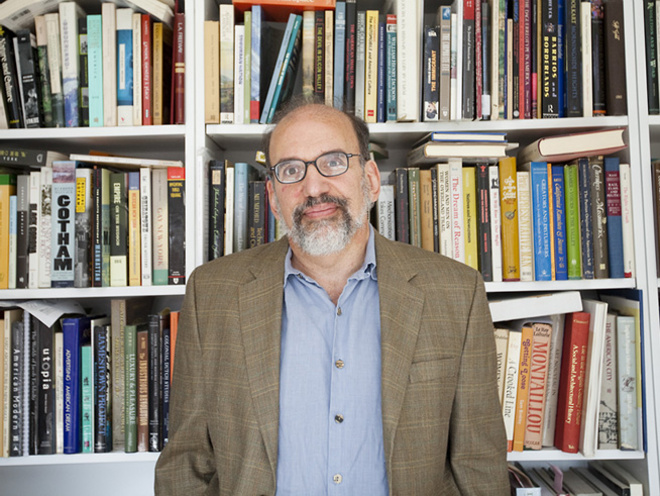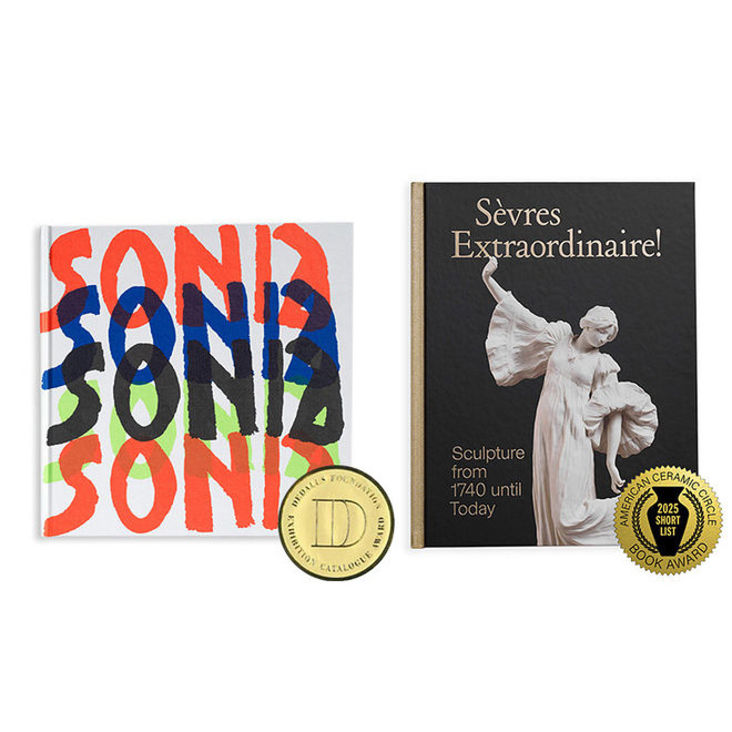David Jaffee has been the project director of two previous National Endowment for the Humanities grants to develop multimedia resources for the teaching of United States history. He received his BA, MA, and PhD degrees from Harvard University. Before arriving at the BGC in 2007, Dr. Jaffee was professor of history at City College and the Graduate Center, CUNY where he had taught since 1987. He has received fellowships from the Metropolitan Museum of Art, Winterthur Museum, the American Antiquarian Society, and the Charles Warren Center in American History at Harvard University. He is the author of People of the Wachusett: Greater New England in History and Memory, 1630-1860 (Cornell, 1999) and the visual editor of Who Built America? Working People and the Nation’s Economy, Politics, Culture, and Society (Bedford Books, 2007). His articles on artists and artisans in early America have appeared in The Journal of American History, William and Mary Quarterly, New England Quarterly, Rural New England Furniture, and Explorations of the Folk Art World.
Dr. Jaffee’s most recent book is A New Nation of Goods: The Material Culture of Early America, (University of Pennsylvania, 2010).
They will have the opportunity to learn how to do hands-on work with objects in both leading and lesser known New York institutions ranging from the Met and the New-York Historical Society to the Museum of the Chinese in America and the Lower East Side Tenement Museum. Summer scholars, as the participants are called, will engage with leading scholars and learn about some of the literature and the strategies available for object-based teaching and research. Participants will have the chance to go out and look at objects combined with museum-based training and seminar-style discussion.
Our BGC Digital Media lab allows us to offer a technology piece as well. Every Friday morning, we will have a workshop on what people use, such as wikis to keep track of data and promoting student collaboration and also newer-style technology such as Omeka and other digital tools. We want our participants to come away with the current thinking about digital technology and what it can do. Even if they don’t use it now, they will be able to refer to what they have learned here. With our facilities, they will get a hands-on feel for how it works.
What this comes down to is that we would really like people to have object-based training, which is so difficult to pick up for those who haven’t been in a formal program. We are coming at a critical time when teachers are expanding the types of things they use in the classroom. This program will provide them the tools they need to expand their teaching and their research.
With our New York City base, and the outstanding resources available here, this is a natural fit for us and a wonderful opportunity for those attending.

Dr. Jaffee’s most recent book is A New Nation of Goods: The Material Culture of Early America, (University of Pennsylvania, 2010).
What makes this NEH Summer Institute unique?
It’s a wonderful opportunity to bring people to the BGC and to New York to learn how to improve their teaching and research. There are those of us who have been fortunate enough to have some formal training in object-based research at the relatively few institutions that offer this. Most teachers and scholars in the education field haven’t had that opportunity. We hope to broaden not only their opportunities but also the field.How did the idea evolve?
I was a participant in a NEH Summer Seminar years ago on Portraiture, which helped my own professional development. This seminar provided an opportunity to meet other scholars from around the country while also broadening my perspective, as well. Having arrived at the BGC recently, and working on the graduate level, I started thinking about how such a program could work on the post-graduate level. This project is an excellent combination of the NEH initiative and our own interests.Who are the people involved?
We are working with strong Americanists, among them Ken Ames and Catherine Whalen, here at the BGC, who are outstanding scholars in their fields, and Kimon Keramidas, of our Digital Media Lab, provides a strong technology expertise. Also, through our Consortium for American Material Culture (CAMC), which was started at the BGC a few years ago, we are building upon several years of annual conversations on material culture focusing on the different contexts of museums and academia. Scholars we are able to draw from CAMC include Bernard Herman of North Carolina, Edward Cooke Jr. of Yale, and Katherine Grier of the University of Delaware. In addition, we have drawn in others who we know are wonderful presenters and teachers. This will be a multi-layered group of scholars.
What opportunities will the NEH Summer Institute offer to the participants?
They will have the opportunity to learn how to do hands-on work with objects in both leading and lesser known New York institutions ranging from the Met and the New-York Historical Society to the Museum of the Chinese in America and the Lower East Side Tenement Museum. Summer scholars, as the participants are called, will engage with leading scholars and learn about some of the literature and the strategies available for object-based teaching and research. Participants will have the chance to go out and look at objects combined with museum-based training and seminar-style discussion.Our BGC Digital Media lab allows us to offer a technology piece as well. Every Friday morning, we will have a workshop on what people use, such as wikis to keep track of data and promoting student collaboration and also newer-style technology such as Omeka and other digital tools. We want our participants to come away with the current thinking about digital technology and what it can do. Even if they don’t use it now, they will be able to refer to what they have learned here. With our facilities, they will get a hands-on feel for how it works.
What this comes down to is that we would really like people to have object-based training, which is so difficult to pick up for those who haven’t been in a formal program. We are coming at a critical time when teachers are expanding the types of things they use in the classroom. This program will provide them the tools they need to expand their teaching and their research.
With our New York City base, and the outstanding resources available here, this is a natural fit for us and a wonderful opportunity for those attending.

David Jaffee, BGC-NEH Summer Institute Project Director










